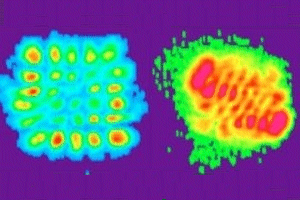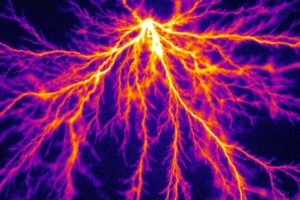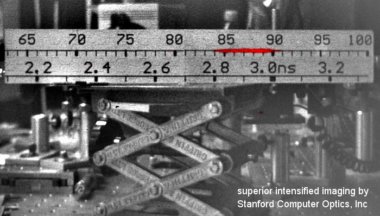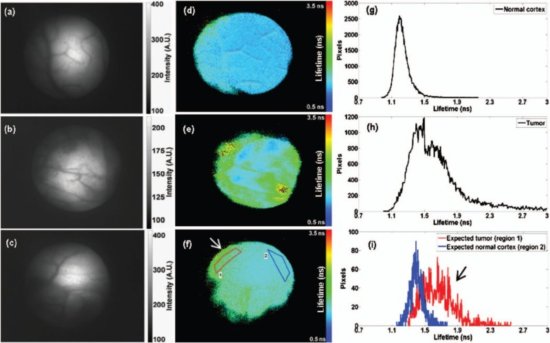Scientific Applications of ICCD cameras
A large variety of scientific application benefit from intensified CCD
cameras from Stanford Computer Optics.
| Metrology | Physics | High Speed Imaging | Life Science |

|

|

|

|
|
High speed IR beam dynamics are studied using ICCD high speed cameras. |
Streamer & Ligthning imageing benefit from the ICCD camera systems. |
ICCD high speed cameras are able to capture the motion of light. |
Fluorescence Lifetime Microscopy with ultra high speed ICCD cameras |
Intensified CCD cameras by Stanford Computer Optics are widely used in the scientific community and industries around the world. The following pages introduce the large variety of application which benefit from the performance and qualities of ICCD high speed cameras.
High speed applications
All ICCD cameras consist of a image intensifier and a camera module. The technical details are explained in detail on the technology section. The usage of intensified cameras have especially advantages in the low light imaging due to the high signal gain of the image intensifier. ICCD cameras are capable of long exposure times and do provide very good signal to noise ratio even without active cooling. Furthermore, the photocathode provides a high speed shutter. This enables ultra high speed imaging in the sub-nanosecond regime with a gating time down to a flat top of 200 picoseconds.
Different opteration modes
A huge field of applications is opened with the double frame mode, multiple exposure mode or with the programmed multiple exposure sequence which each of the ICCD cameras is capable of. For all researcher looking for a multiple frame imaging system in the sub-nanosecond range the framing camera XXRapidFrame provides a interframing time as short as 10 picoseconds.
Spectroscopy
Furthermore, time resolved spectroscopy is an important application of our intensified cameras. Many areas of research profit from the time resolution of the analyzed spectrum. On the one hand highly dynamic processes can be investigated by using the time resolved spectroscopy. On the other hand this technique enables new applications of spectroscopy e.g. the two dimensional lifetime measurement of fluorescent tissue.
The application of ICCD cameras vary from the classic field of high speed camera to different spectroscopic applications. Classically, the high speed camera takes sharp and amazing pictures of fast moving objects like bullets. The double frame mode enables Particle Image Velocimetry (PIV) measurements e.g. spray analysis in combustion systems. However, the ultra high shutter speed of ICCD cameras enable even more advanced applications like non-scanning 3D Laser scanner. In combination with a spectrometer, ICCD cameras are applied in plasma physics for Thomson scattering and biomedical research as FLIM and FLIM guided surgery.
This collection of ICCD camera applications is provided with many thanks for the help of all users/researcher who provide their work, data and images. Moreover, Stanford Computer Optics with its 20 years experience in intensified imaging is looking
forward to discuss any needs and requests for future application of our high speed ICCD cameras.
